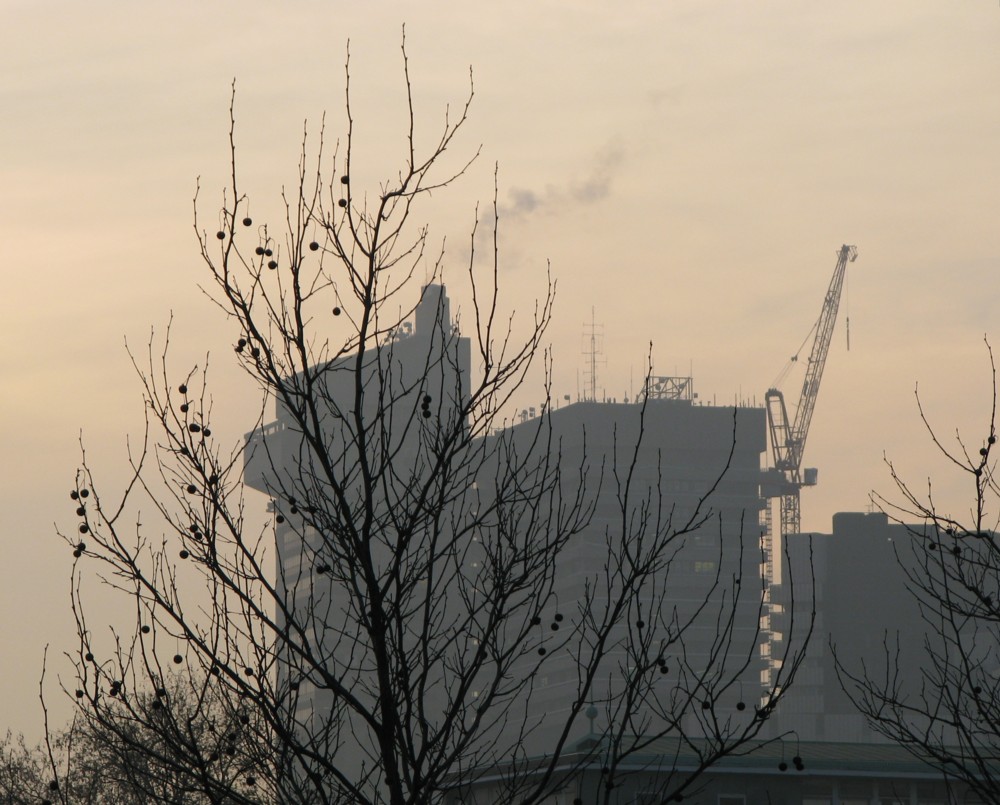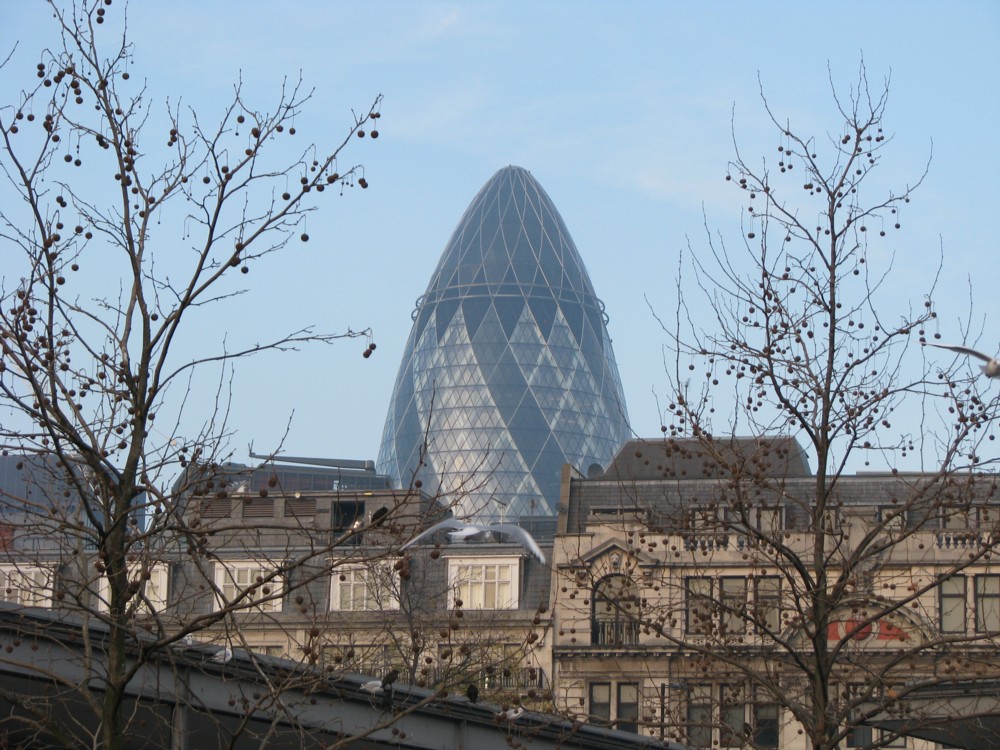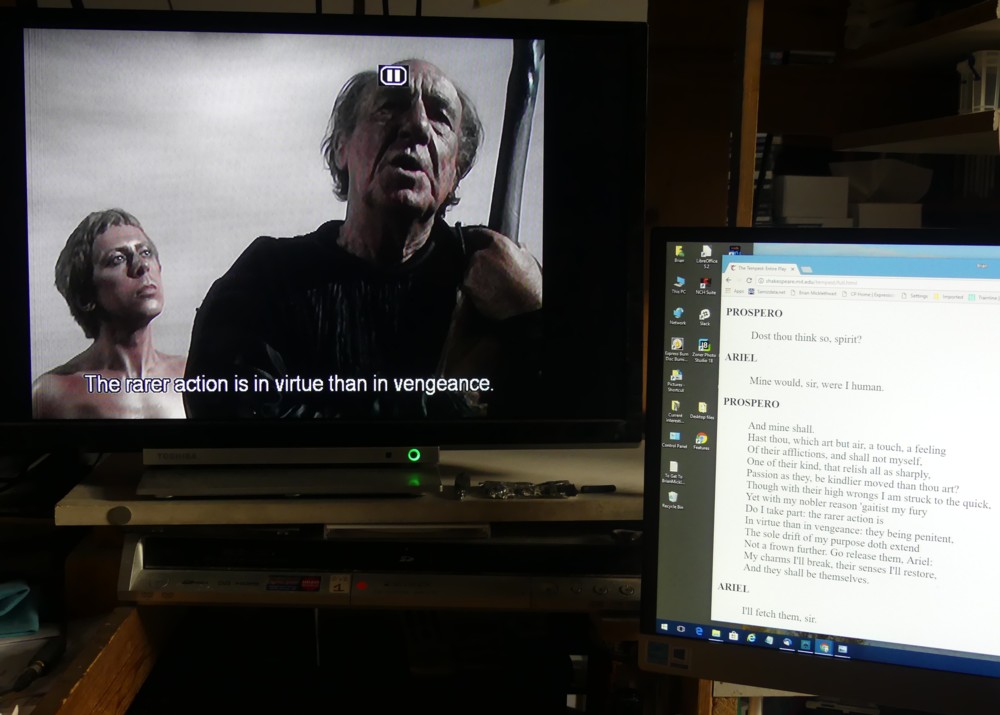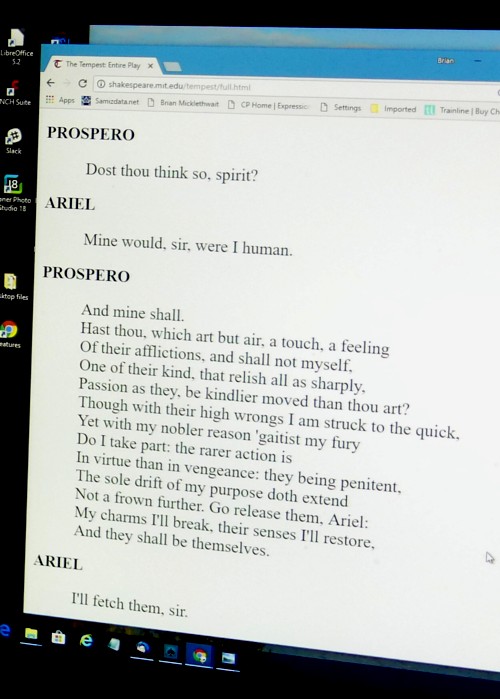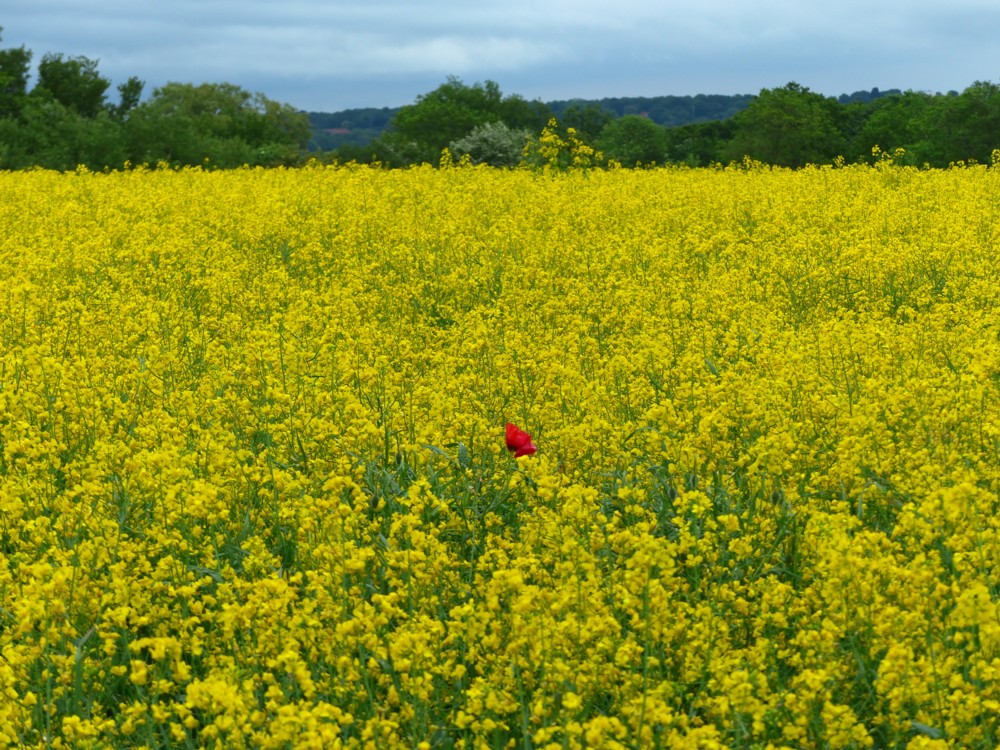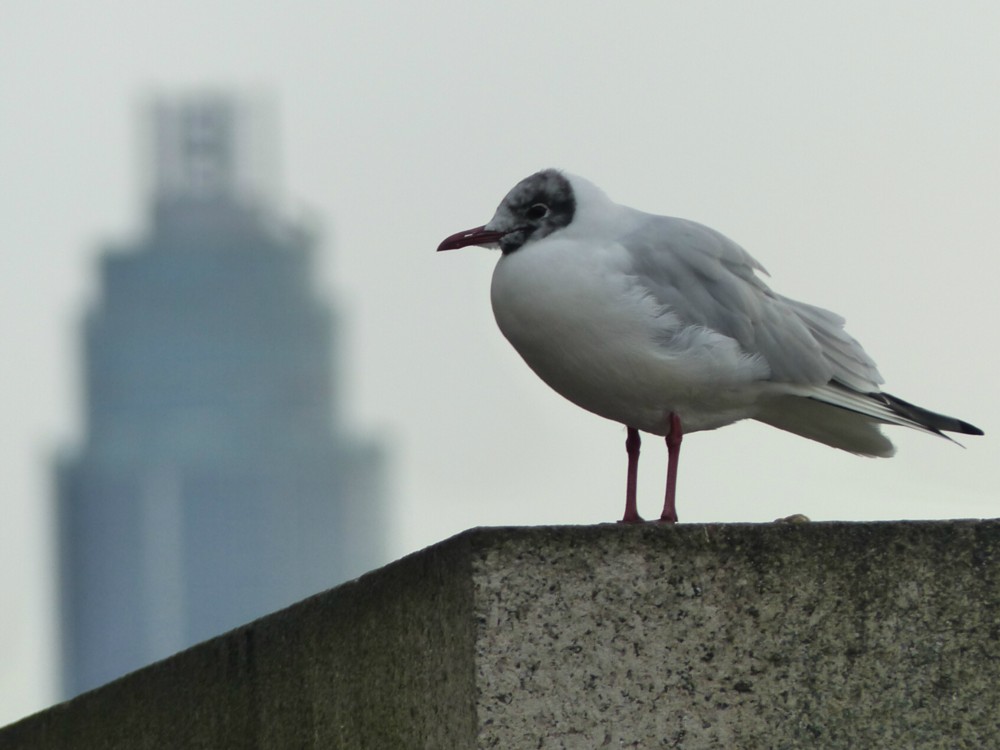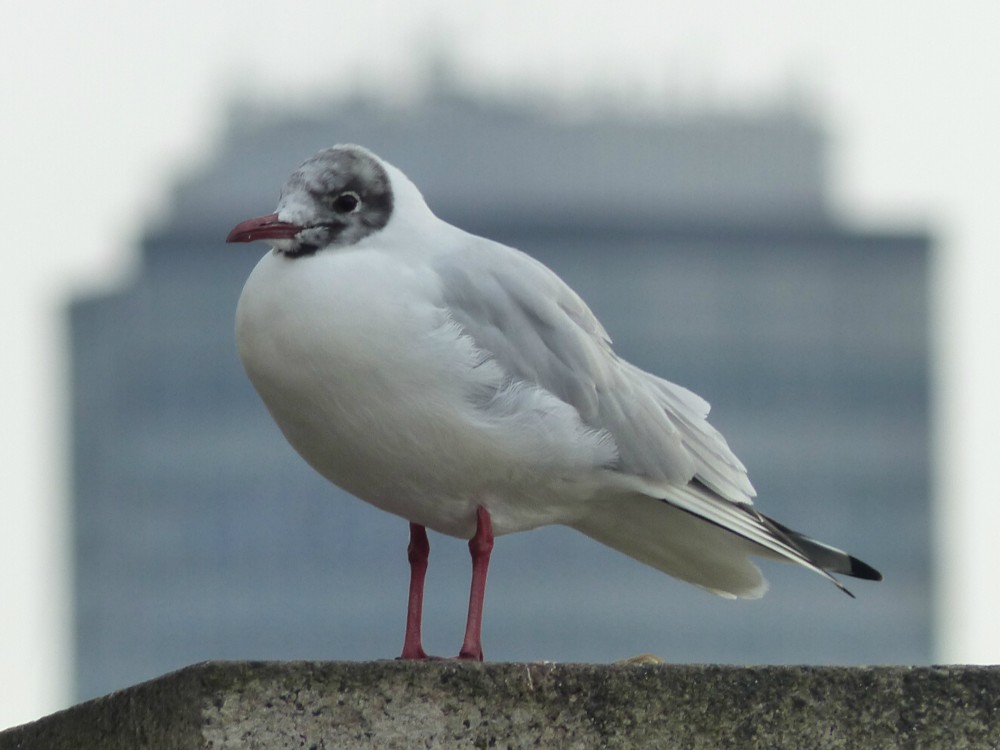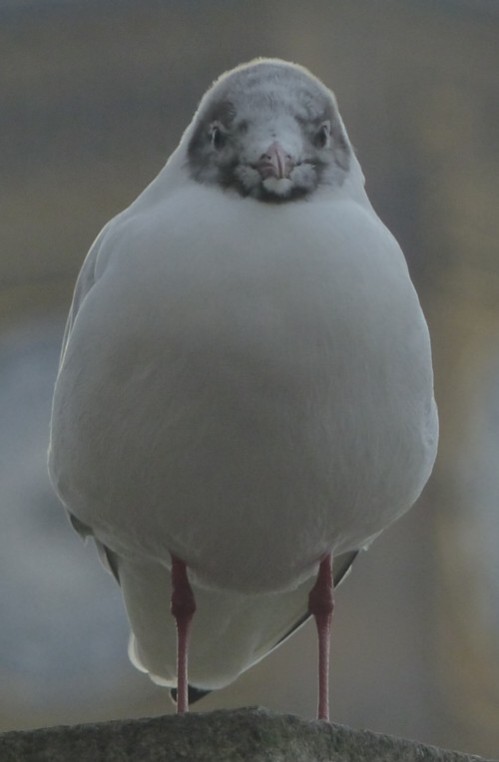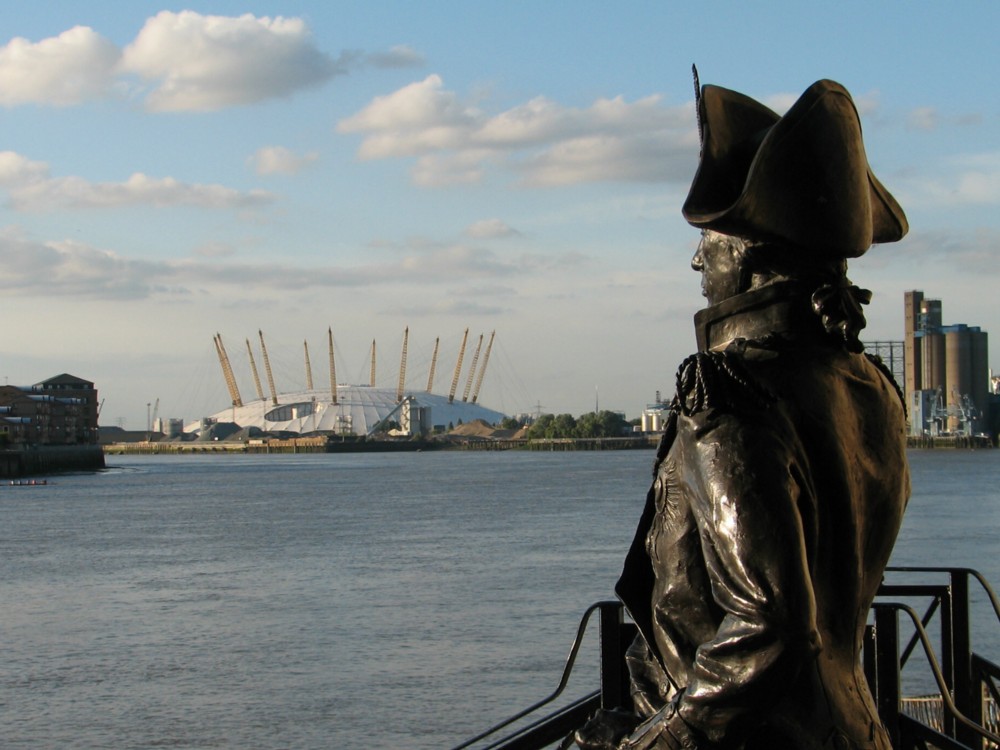A lot of the stuff at Digital Photography Review these days is about money-no-object high-end DSLR cameras, and about the many different money-no-object lenses you can shove on the front of DSLRs. When DPRev descends from this Olympus (or this Canon or this Nikon) they usually then prattle on about the cameras on smartphones.
But this report, even though it says it’s about DSLRs, I did find interesting. Canon have filed a patent for a new sort of bigger flip out screen, in other words a bigger version of the sort of screen that I for one could not now do without:
While a hinged DSLR rear display is nothing new, Canon’s patent shows a design that would allow for a large and reversible display unlike anything we’ve seen before. In fact, the LCD shown in the patent’s illustrations covers the entire back of the camera, making it necessary to tuck the rear dial and several buttons behind it, though several others are exposed on either side of the viewfinder.
I can remember when flip out screens were held in contempt by the DSLR fraternity. But many of us digital snappers took to them with eagerness, having worked out that there are many photos that are pretty much unphotoable without such screens. The one where you hold your camera as high as you can above your head, for instance, yet still manage to compose your photo accurately as you point your camera slightly downwards to capture a scene that you can’t yourself see directly because you are stuck in a crowd, but which you can see on your twiddly screen.
To be fair to Canon, after an initial period of head-in-the-sand stupidity, they have for quite a while now lead the way with adding flip out screens to DSLRs, and all the other big manufacturers have followed along. There are still plenty of cameras available without flip out screens, for idiot Not-As-Real-As-They-Think Photographers who take positive pride in not liking these screens, and maybe for some truly Real Photographers who truly do not need them.
As the report goes on to acknowledge, filing a patent and actually making and selling the thing patented are two different things. But Canon’s new and much bigger variation on the flip out screen theme suggests that the huge added value of these screens is now widely understood by camera makers.

